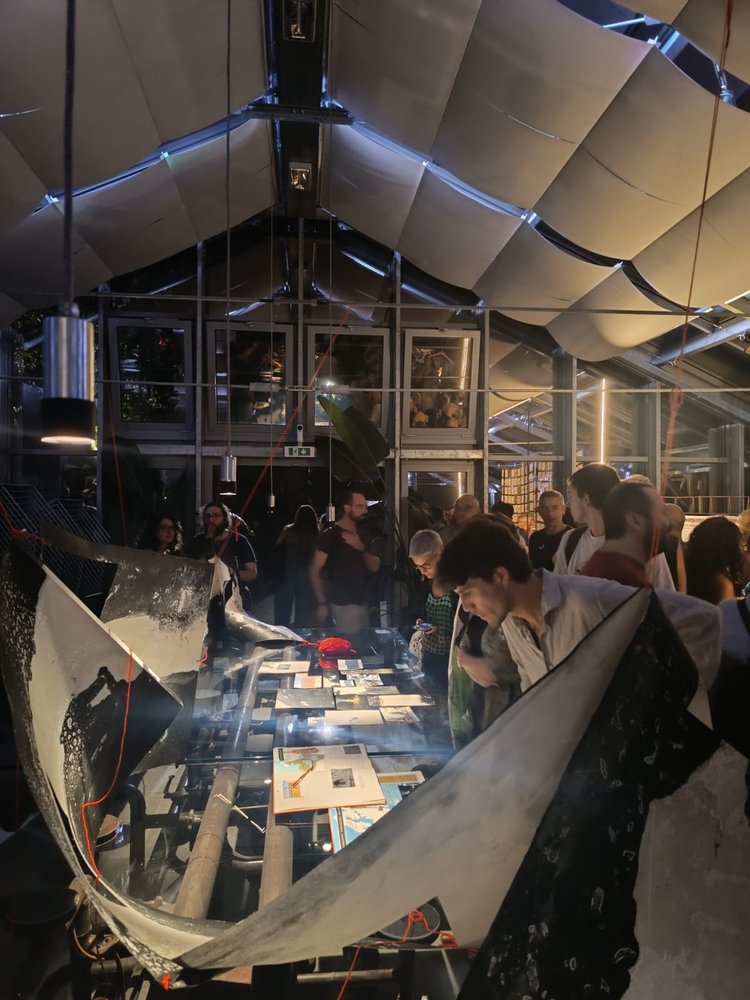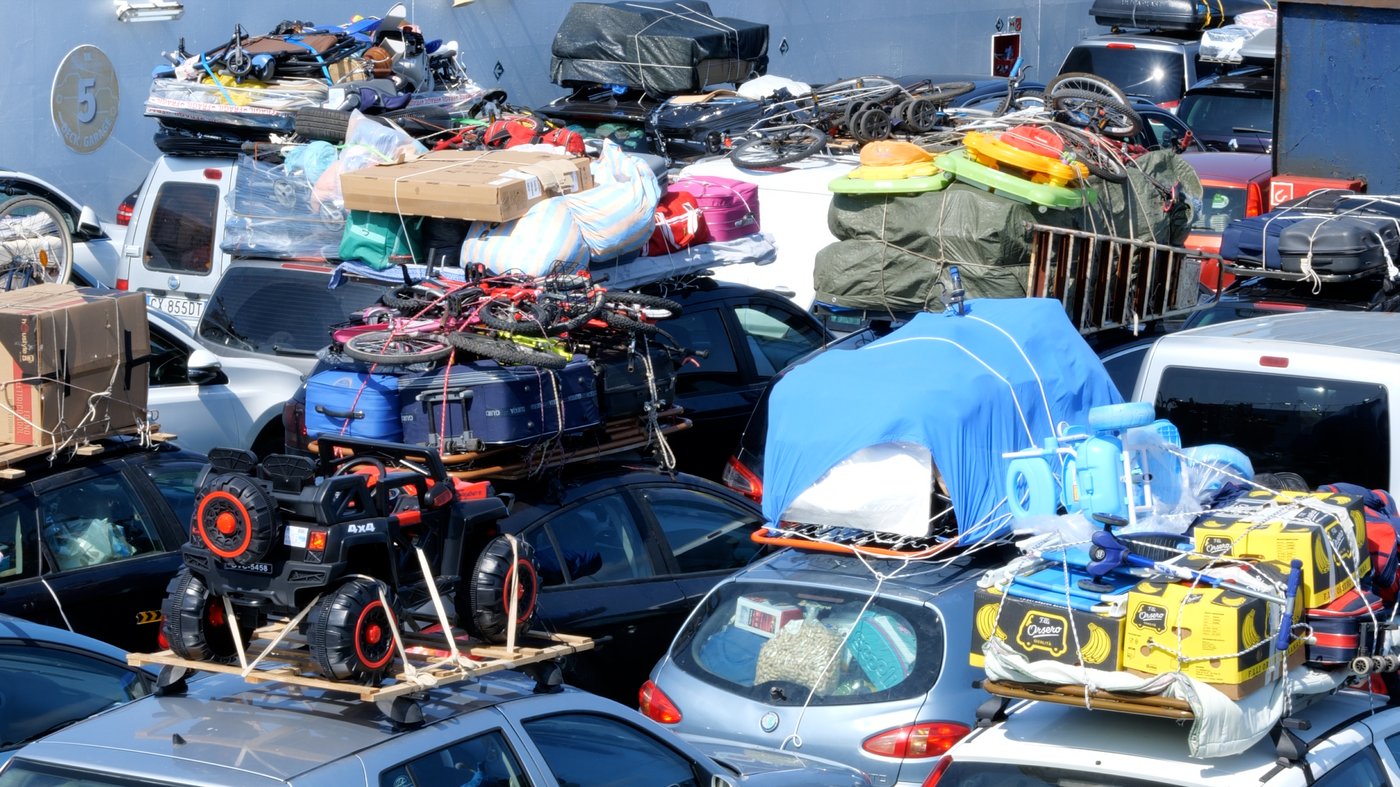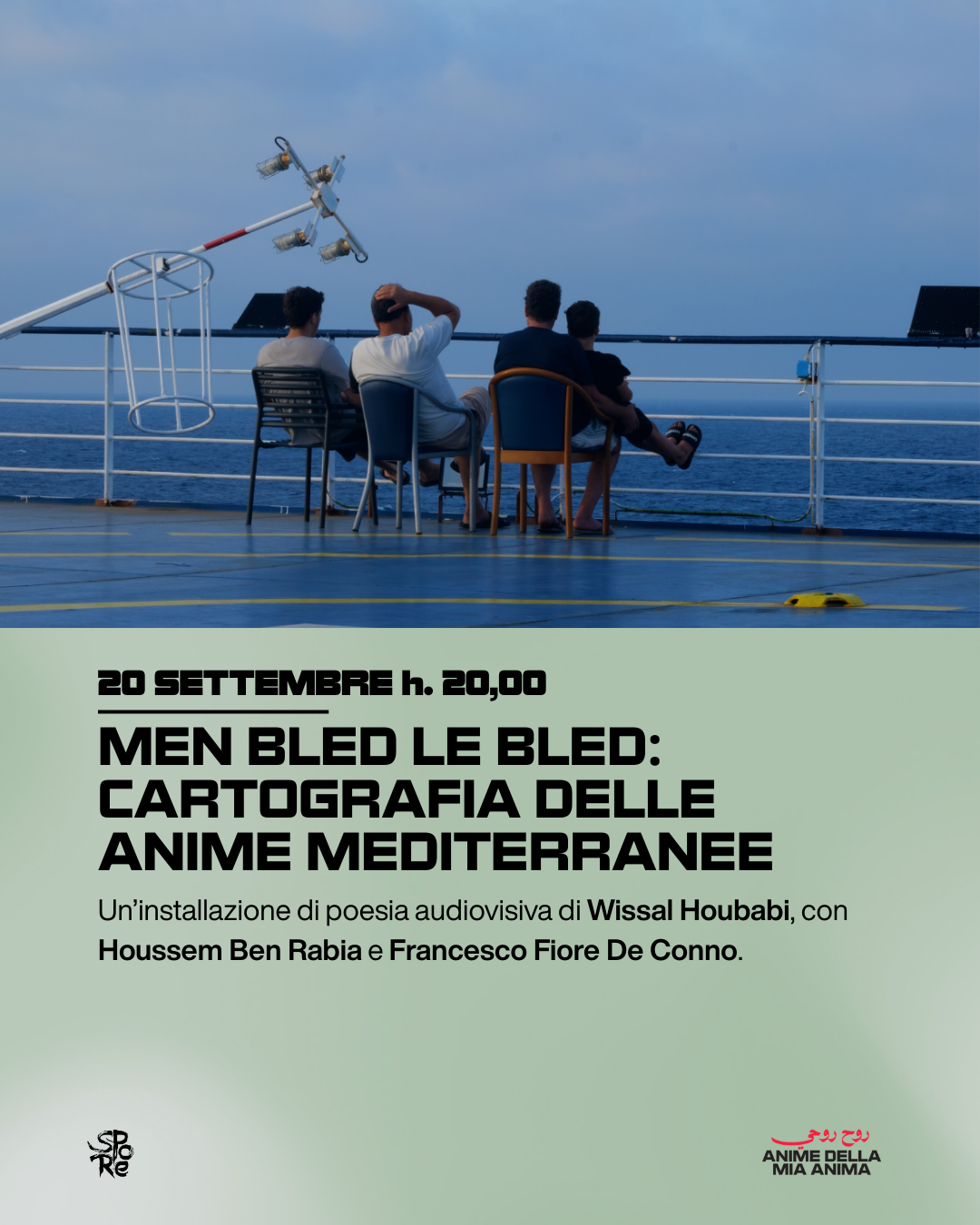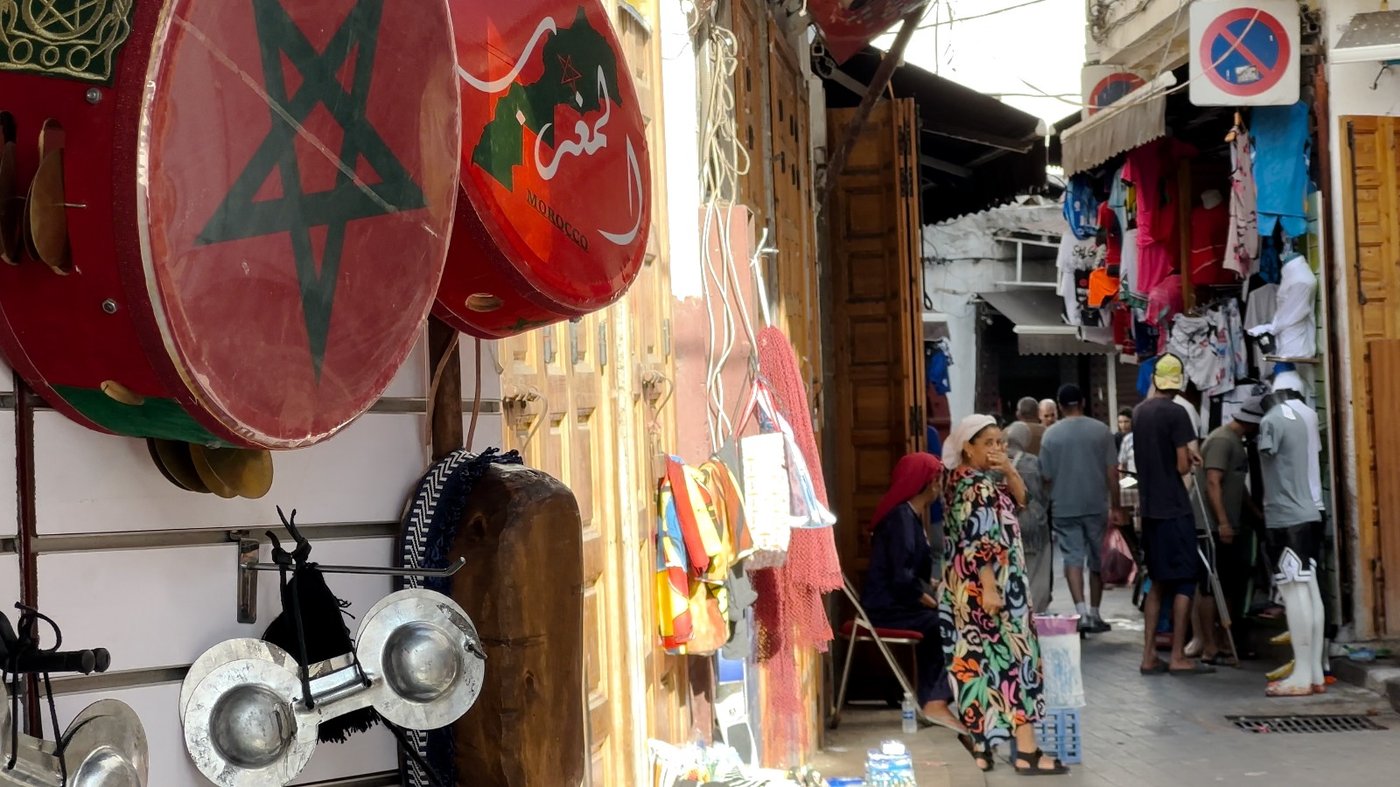Research as a Shared Space: Art, Return, and Diaspora

Living with Strangeness
To convey a research journey through artistic means means making visible not only the outcomes, but also the questions, the transformations, and the relationships that emerged along the way.
It means, even before sharing a result, opening up a space of collective meaning.

In the sociological research process of We Propose, a decision was made to collaborate with artists from different expressive fields, with the aim of exploring the same themes addressed by the empirical investigation and reinterpreting them through diverse and complementary languages—capable of offering new perspectives and further interpretive sensitivities.
The outcomes of this process lie not only in what was shown, but in what was generated along the way. A process that, thanks to the contributions of Houssem Ben Rabia (filmmaker, actor, and videomaker), Francesco Fiore De Conno (printmaker and visual artist), and Wissal Houbabi (activist, artist, and writer), continues to raise questions about the meaning of leaving, staying, and returning—within the existential and symbolic trajectories of those with roots in Morocco and Tunisia.
"Men Bled Le Bled. Cartography of Mediterranean Souls" is the audio-visual performance created by Wissal Houbabi, Houssem Ben Rabia, and Francesco De Conno, presented on September 20, 2025, as part of the third edition of Festival Spore—a festival dedicated to diasporic cultures, hosted at Kilowatt, Serre dei Giardini Margherita in Bologna.
Born from the questions raised by the We Propose project, the performance takes shape from an artistic, poetic, and political journey undertaken by Wissal Houbabi (Morocco) and Houssem Ben Rabia (Tunisia) to explore the meaning of “return” after a migratory experience.
A 76-day, 11,629.4 km itinerary crossing territories, languages, modes of transport, and memories: by plane, ferry, taxi, bus, train, car, and on foot. A route touching symbolic and personal places—from Bologna, Castel Bolognese, Forlì, Rome, Palermo to Tunis, Mahdia, Sousse, Tlelsa, El Djem, Sfax, Kasserine, Khouribga, Rabat, Casablanca, Kasbah Tadla, and back to Tunis, Rabat, before returning to Bologna.
The result is a performance that conveys, through images, sounds, and words, the complexity of a research process that is simultaneously artistic, social, and personal. The visual and graphic contribution of Francesco De Conno accompanied the process, translating into visual form the intensity and layering of experiences, encounters, and perspectives gathered along the way.
At the heart of the reflection: what does return mean for women originally from Morocco and Tunisia who have lived part of their lives in Italy? Through the active involvement of other women and travel companions, the work becomes a space for representation and listening, shared questions, and multiple answers.
The outcome is more than a performance: it is a tool for deep understanding that reveals what it means to build qualitative research based on interviews, relationships, and lived experiences. Emotions, silences, words, bodies, and gazes become the materials with which an emotional and political cartography of identity, memory, and belonging is drawn.
A living work that invites reflection on what it means to be in motion—physically and emotionally—between places, stories, and borders.

MEN BLED LE BLED Cartography of Mediterranean Souls – an excerpt
What follows is an excerpt from the text written during the artistic research process, authored by Wissal Houbabi.
Ghorba – الغُرْبة – beyond being “a place,” it is also an emotional condition, it is oblivion.
Lmgharrab, those who live lghorba and within ghorba: to be estrangement, to be intimately blurred, to be outside one’s own light, outside one’s own history, having crossed the border only to find oneself in oblivion.
Souls in motion, souls that silently and discreetly try to find new forms. A soul in estrangement looks into oblivion to build, step by step, a new sense of home. It is not certain that it will succeed; it is not a craft one is taught. But to build a home in the vortex of oblivion, where does one lay the first stone? And how does one work without direction?
From country to country, from south to north, from a home to the condition of a stranger—what does this movement imply for one’s self-perception? What changes within us? What does it mean to live with estrangement in the deepest intimacy of oneself? What does our soul communicate to us, how does it move, what makes it differently pulsating, crumbled, muscular, chameleon-like, pierced?

Why do we feel that being truly understood is an almost impossible demand? What does it mean to enter into connection?
Here, the first fundamental distinction lies between thinking “I am a stranger,” which alludes to a homogenizing condition and the external gaze of the context of insertion, and saying “I coexist with estrangement,” which preserves an inner center in relation to the circumstances.
This movement—from the subject as “stranger” to the person who “coexists with estrangement”—places intimate experience back at the center in all its very particular specificities.
What does it mean for a person living with estrangement to enter into a deep connection with the other? What conditions are necessary for a true encounter? What are the limits on the path of two or more souls trying to meet? So that they may intertwine and embrace at the deepest point that our feelings can reach?
A Living Work: How to Tell Without Betraying
Just as in the research process, in the artistic restitution process we also run the risk of using functionally the gazes, words, and emotions of those who participate in the research and those who engage with it.
We Propose has paid particular attention to this dynamic from the very beginning, acknowledging the ethical and relational complexity inherent in every form of representation.
The artistic process developed within the project, as an integral part of the research journey, is no stranger to these reflections. We asked ourselves if, and how, this work can continue to tell its story beyond its formal boundaries.
No embodied artwork can truly be reproduced without the voice, body, and soul of the people who brought it into being.
For this reason, we invite anyone who feels the desire or curiosity to explore what lies behind this artistic experience to visit the website https://www.wiho.it/ and to write directly to the artist at [email protected], who will be happy to engage in dialogue and share the final outcome of this research.
